Selecting the right sieve shaker is critical for accurate particle size analysis, but with several types available, the choice can be confusing. Using the wrong type can lead to inaccurate results, damaged samples, and wasted time.
The three most common industrial sieve shakers are Linear Vibratory Screens, Circular Vibratory Screens, and Ultrasonic Sieve Shakers. Each operates on a different principle, making it uniquely suited for specific applications.
This guide will quickly compare their working principles, strengths, weaknesses, and ideal uses to help you make an informed preliminary choice in just five minutes.
1. Linear Vibratory Screen
How it Works:
A linear vibratory screen uses two counter-rotating vibration motors to generate a combined force, creating a straight-line throwing motion along the length of the screen deck. This action efficiently conveys and stratifies the material.Key Characteristics:
Motion: Linear, straight-line.
Screen Deck: Typically rectangular.
Speed: Relatively low speed, high amplitude.
Best For:
High-Capacity Screening: Excellent for bulk materials with high feed rates.
Heavy-Duty Applications: Ideal for sizing and scalping large particles in aggregates, mining, quarrying, and recycling (e.g., sand, gravel, crushed stones).
Coarse to Medium Particle Sizing: Perfect for particles larger than 5mm.
Pros:
High processing capacity and efficiency.
Robust and durable construction for harsh environments.
Simple structure, easy to maintain.
Cons:
Lower precision for fine powders.
Prone to screen blinding (clogging) with damp or sticky materials.
Not suitable for very fine separations.
2. Circular Vibratory Screen
How it Works:
Also known as a rotary vibratory screen, it uses a single vertical vibration motor. The weights on the motor’s upper and lower ends create a three-dimensional elliptical vibration—a combination of horizontal, vertical, and tipping motions.
Key Characteristics:
-
Motion: Multi-directional, elliptical.
-
Screen Deck: Typically round.
-
Speed: High speed, low amplitude.
Best For:
-
Precision Grading: Superior for accurately separating materials into multiple fractions.
-
Fine to Medium Particles: Excellent for chemicals, food products (flour, sugar), plastics, and metal powders.
-
Circular Sieve Stacks: The natural motion is perfectly suited for standard round test sieves.
Pros:
-
High screening accuracy and efficiency.
-
Versatile for a wide range of dry materials.
-
Relatively quiet operation.
Cons:
-
Lower capacity compared to linear screens.
-
Can struggle with highly abrasive materials or static-prone powders.
3. Ultrasonic Sieve Shaker
How it Works:
This is a circular screen enhanced with an ultrasonic generator. It transmits high-frequency ultrasonic vibrations directly to the screen mesh. These micro-vibrations break the surface tension and prevent fine particles from clogging the openings.
Key Characteristics:
-
Motion: High-frequency, low-amplitude ultrasonic waves superimposed on a standard circular vibration.
-
Screen Deck: Round.
-
Speed: Extremely high frequency.
Best For:
-
Ultra-Fine Powders: Essential for sieving materials below 400 mesh (37 microns).
-
Difficult Materials: Solves problems with sticky, damp, electrostatic, and agglomerating powders (e.g., titanium dioxide, pharmaceutical APIs, talc, pigments).
-
Preventing Screen Blinding: The primary solution for eliminating mesh clogging and increasing throughput for fine sieving.
Pros:
-
Eliminates near-size particle blinding dramatically.
-
Significantly improves sieving efficiency and accuracy for fine powders.
-
Extends screen life by reducing abrasive cleaning.
Cons:
-
Highest cost among the three types.
-
More complex system with an ultrasonic generator and transducer.
-
Overkill for coarse or non-problematic materials.
Quick Comparison Table
| Feature | Linear Vibratory Screen | Circular Vibratory Screen | Ultrasonic Sieve Shaker |
|---|---|---|---|
| Motion | Straight-line | Elliptical | Elliptical + Ultrasonic |
| Best Particle Size | Coarse, Granular | Fine to Medium | Ultra-Fine, Super-Fine |
| Capacity | Very High | Medium | Medium (but faster for fines) |
| Primary Application | Scalping, Sizing Bulk Materials | Precision Grading, General Use | De-Blinding, Difficult Powders |
| Ideal Industries | Mining, Aggregates, Recycling | Food, Chemicals, Plastics | Pharmaceuticals, Chemicals, Metals |
How to Choose in 5 Minutes: Your Decision Checklist
Answer these questions to find your match:
-
What is the approximate particle size?
-
> 5mm (Coarse): Start with a Linear Screen.
-
5mm – 75μm (Medium-Fine): A Circular Screen is likely perfect.
-
< 75μm (Ultra-Fine): You need an Ultrasonic Sieve Shaker.
-
-
Does your material have issues? Is it sticky, damp, or electrostatic? Does it blind the mesh easily?
-
Yes: An Ultrasonic system is your best solution.
-
-
What is your required throughput?
-
Very High Volume: A Linear Screen is built for bulk handling.
-
Standard Lab/Production: A Circular or Ultrasonic model is suitable.
-
-
What are your accuracy needs?
-
General Grading: A Circular Screen offers great accuracy.
-
Maximum Precision on Fines: Ultrasonic is unmatched.
-
Still Unsure? Let Our Experts Help
Choosing the right equipment is the first step toward accurate quality control. At [Your Company Name], we provide all three types of high-quality sieve shakers, backed by deep application expertise.
Contact our screening experts today for a free consultation. Share your material properties and requirements, and we will help you select the perfect vibratory screen for your needs.
Contact us
Tel: +86 13837339270
E-mail: tzmachinery066@gmail.com
Official website: hntzmachinery.com



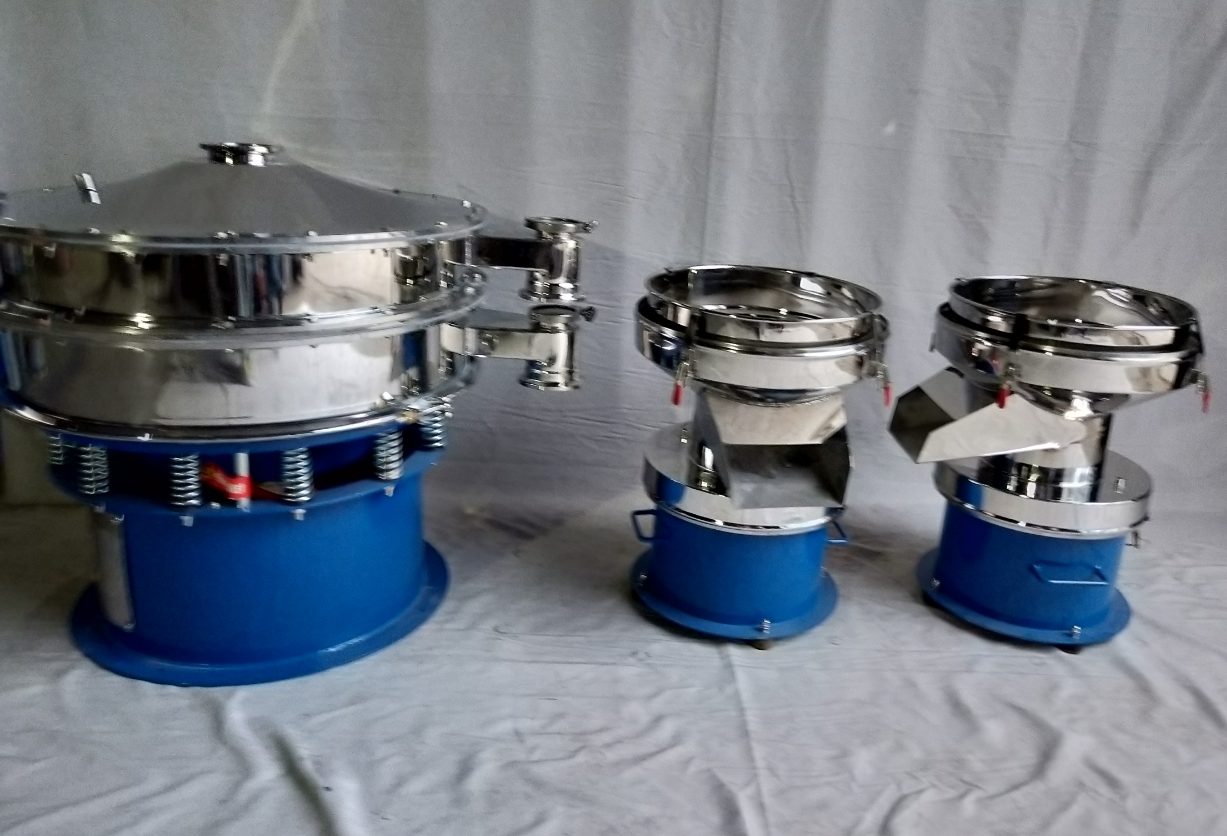
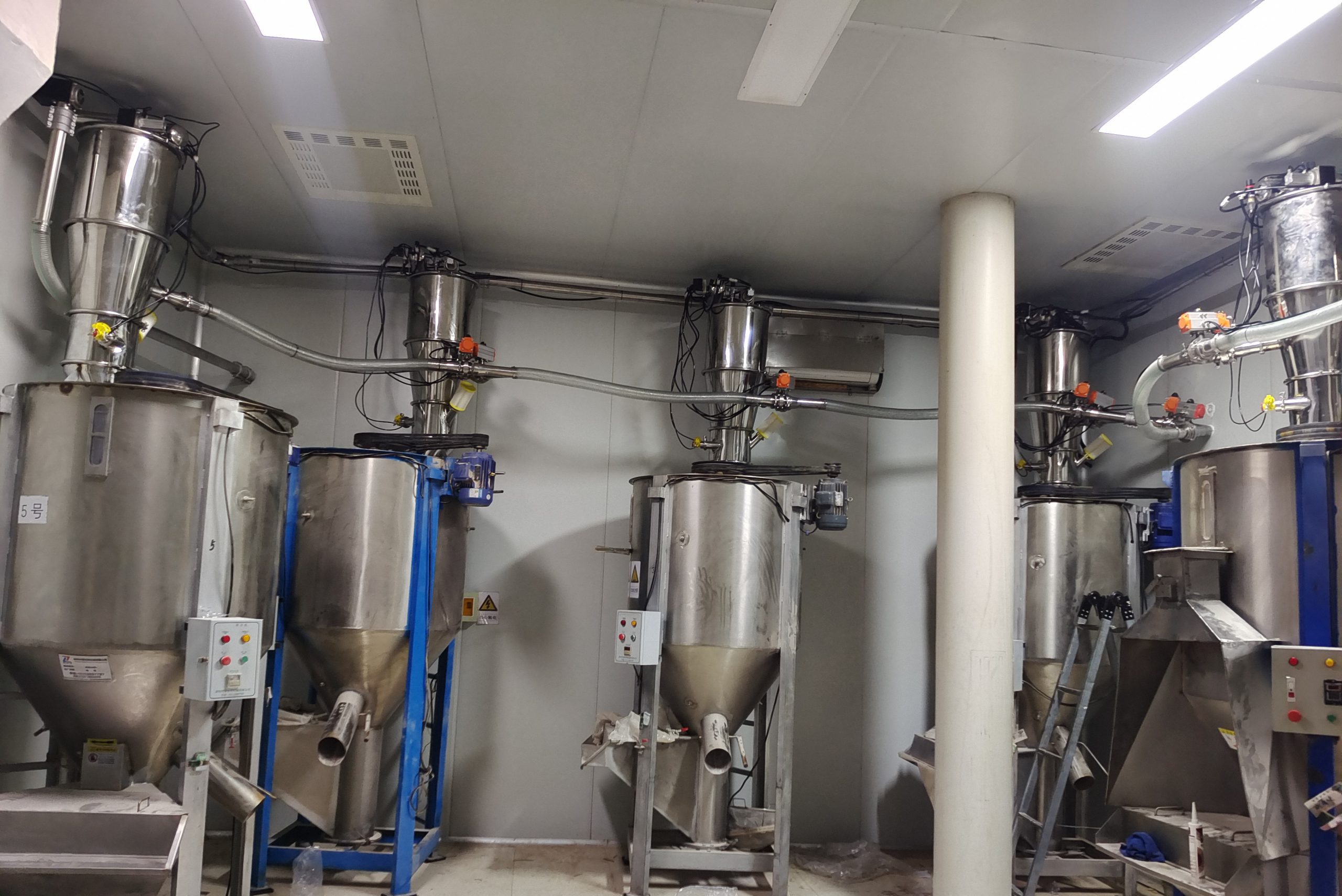
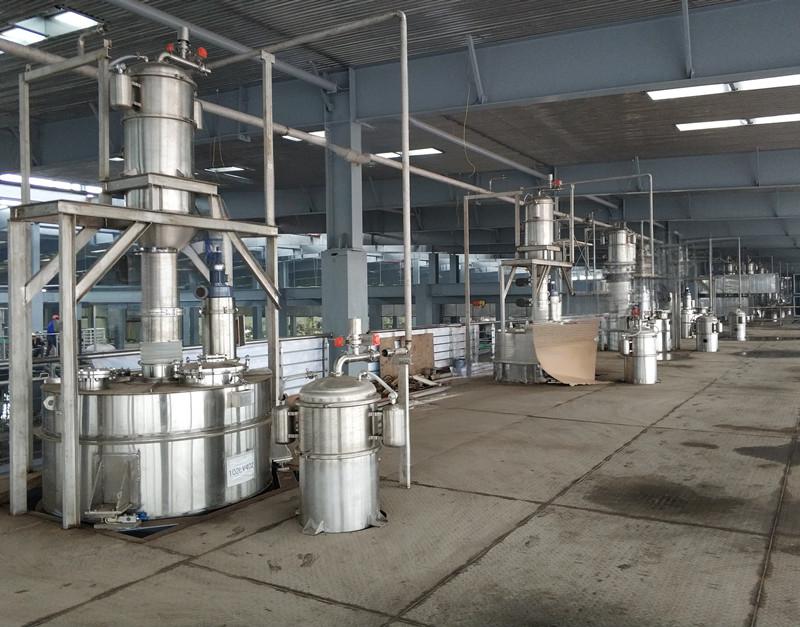
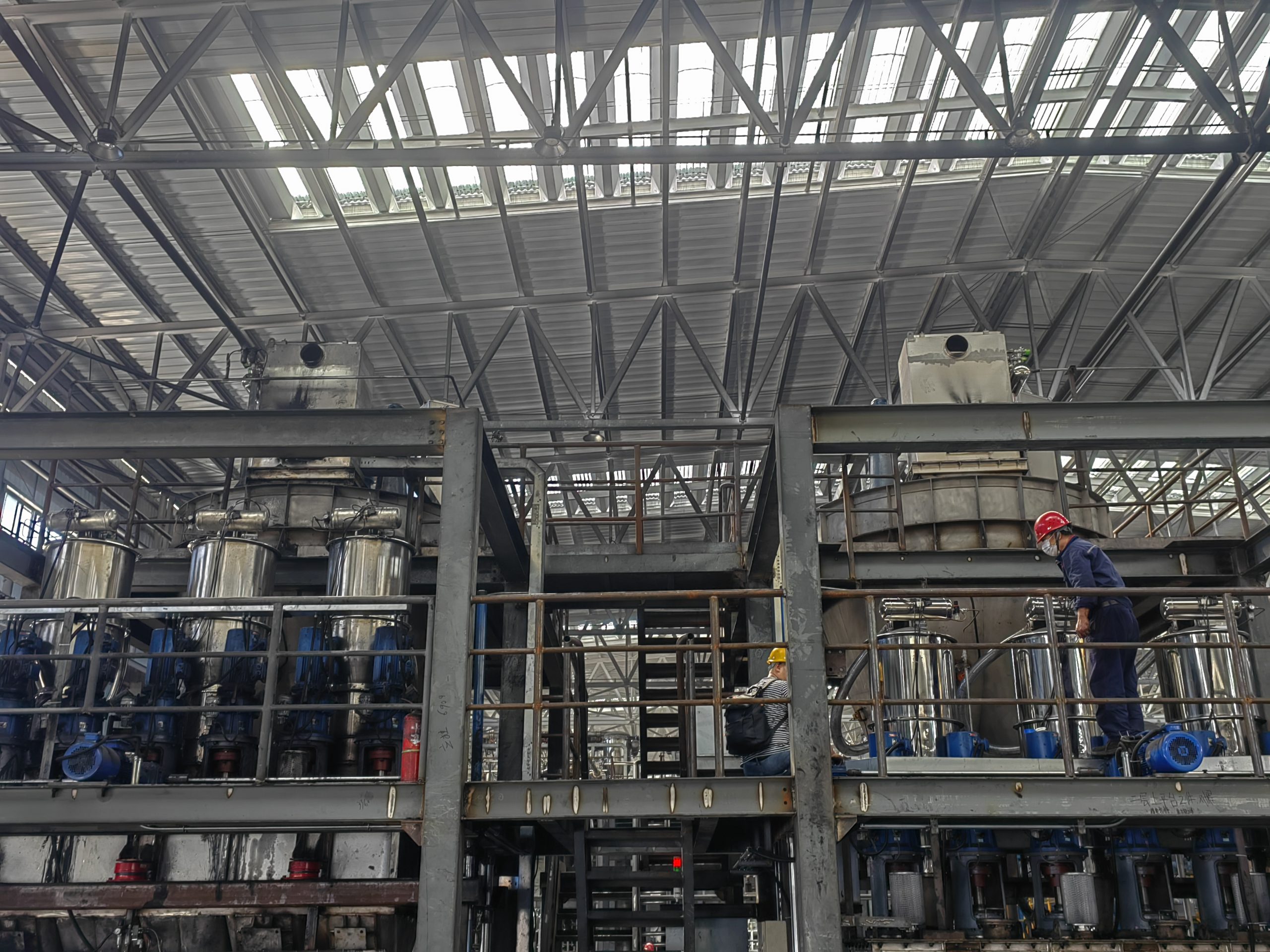
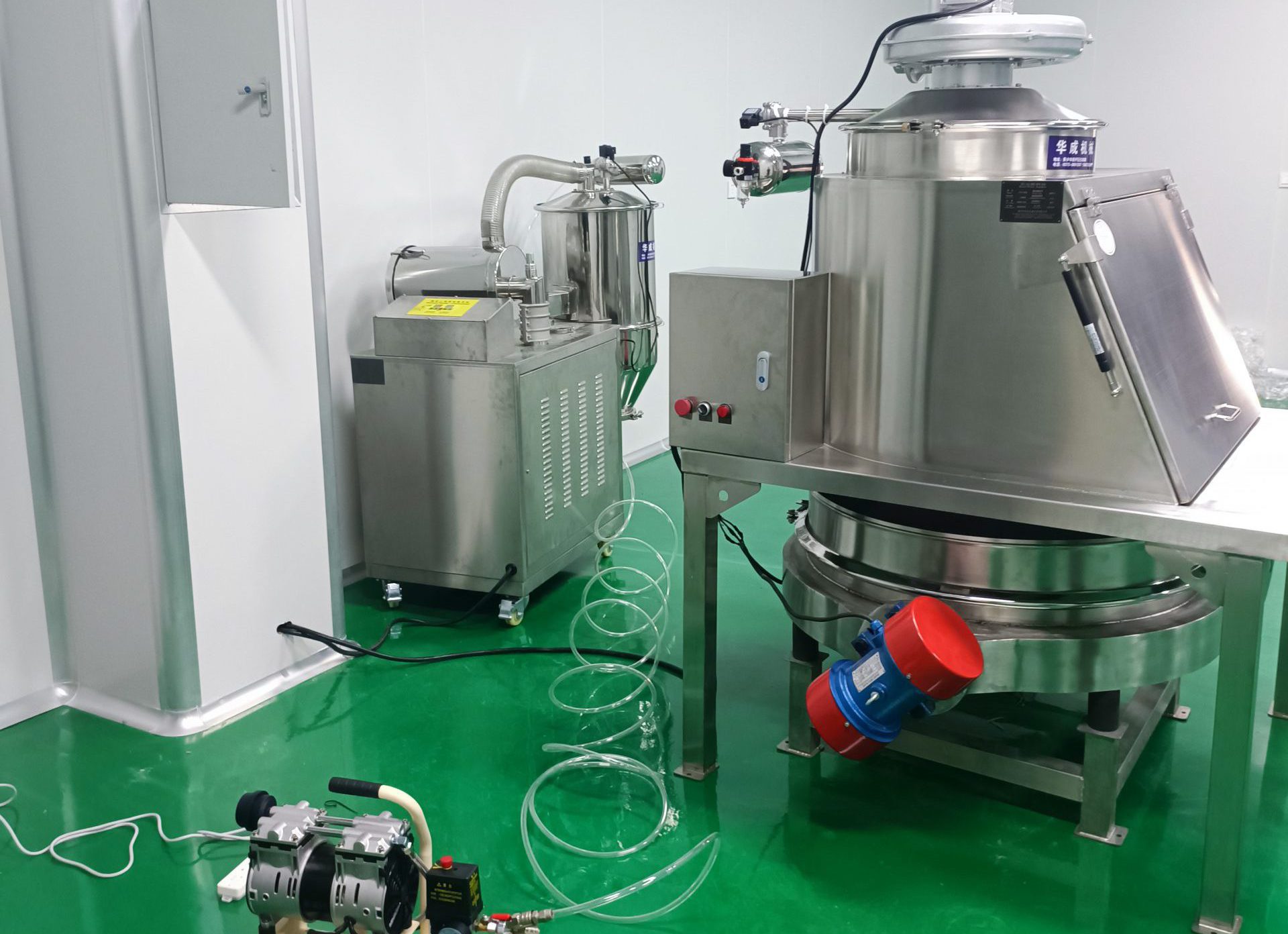
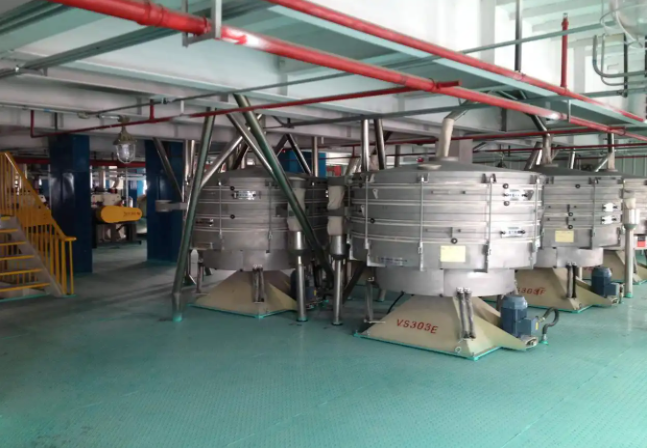
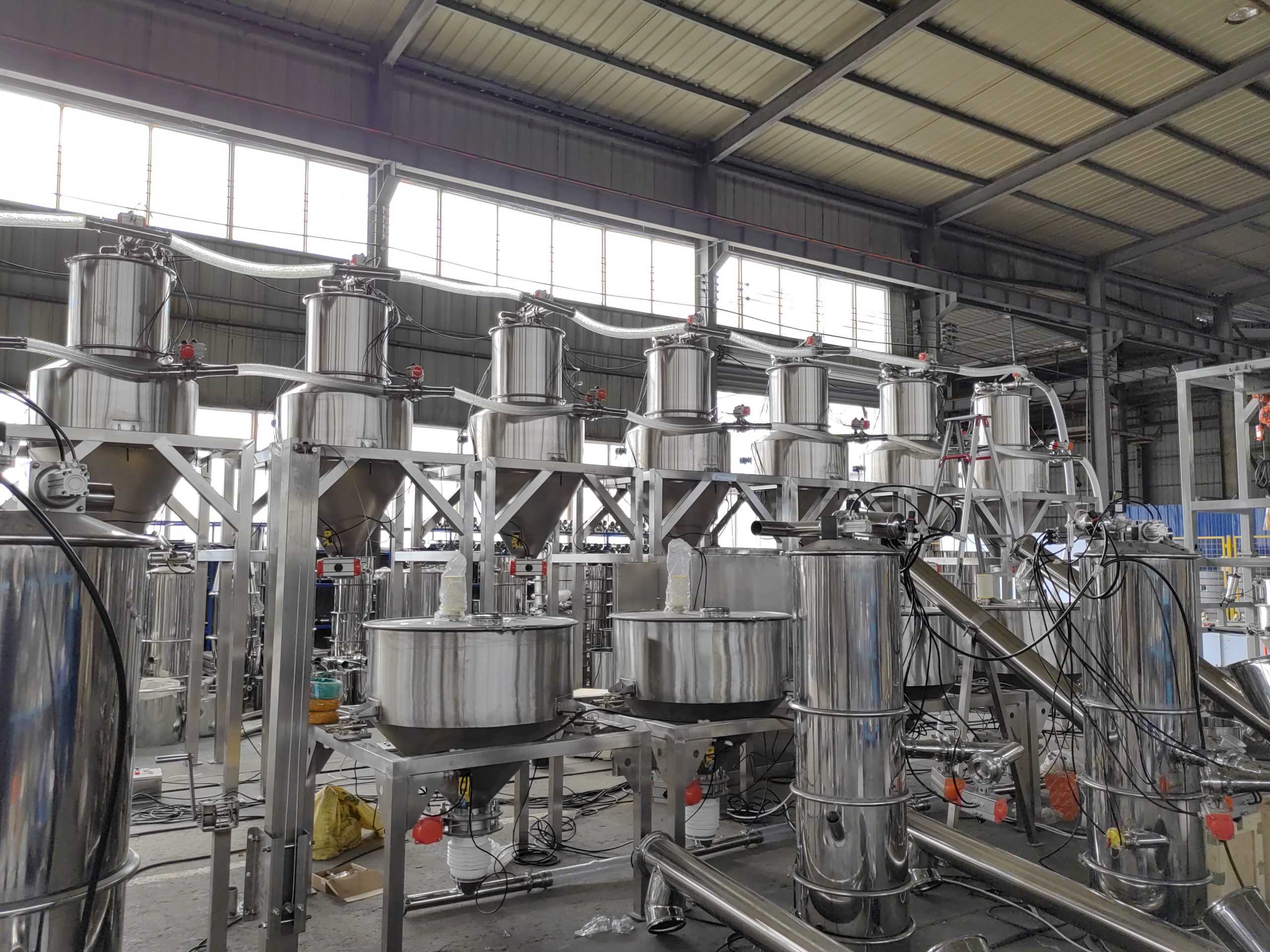
leave a Message